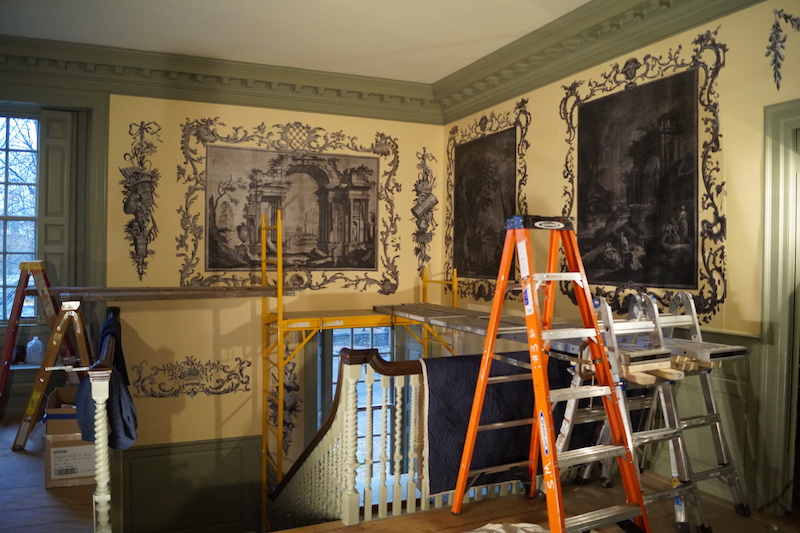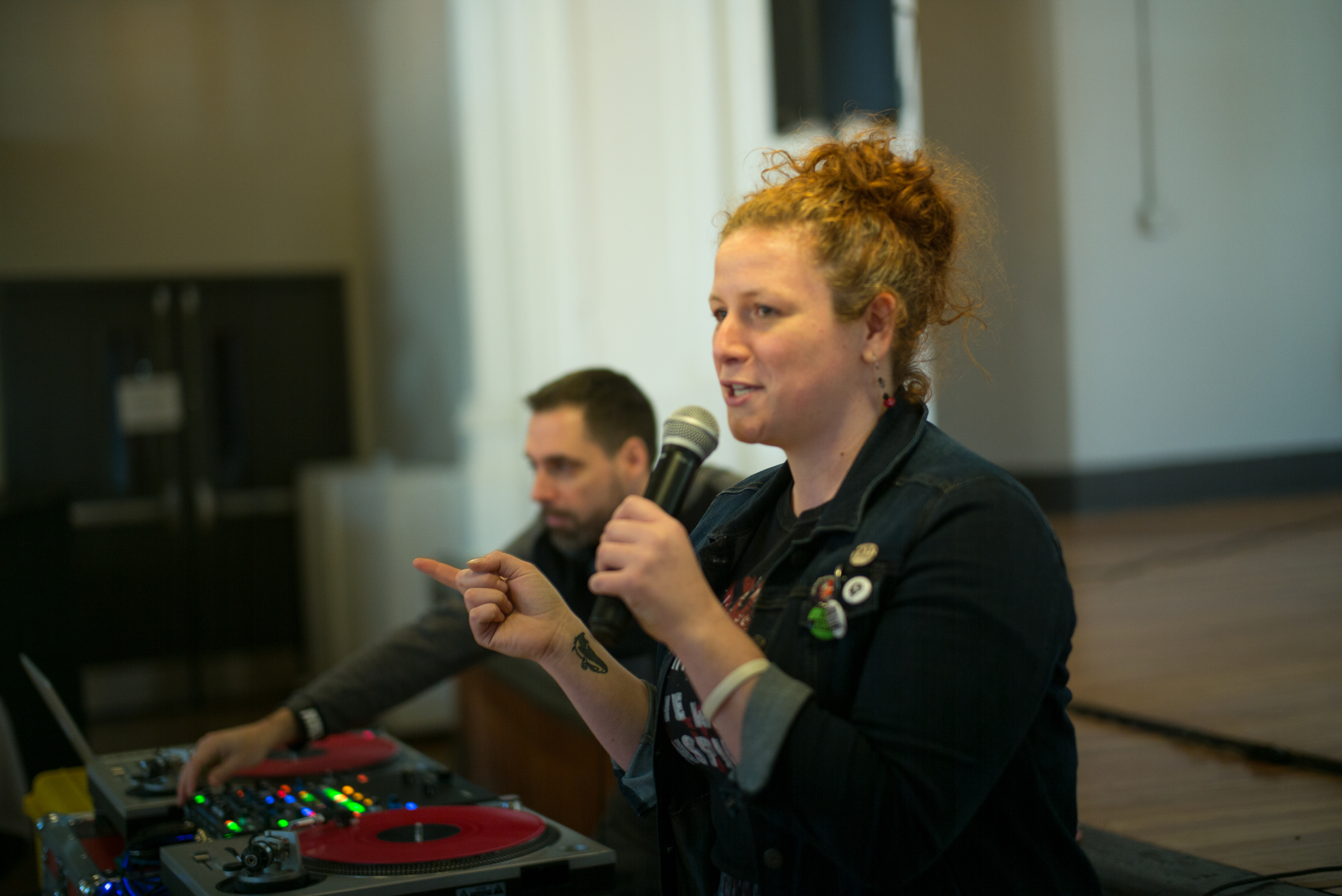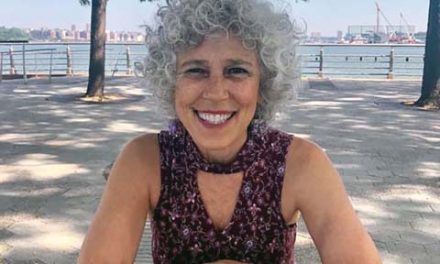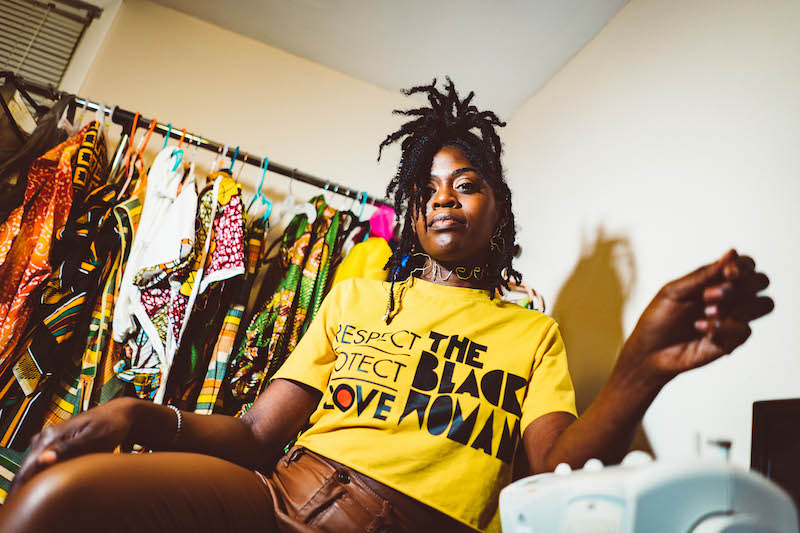Schuyler Mansion State Historic Site is the home of Revolutionary War Major General Philip J. Schuyler and Catharine van Rensselaer Schuyler. Built in the English Georgian style between the years 1761 and 1765, it was the first mansion just south of Albany–a city full of small Dutch-style homes. Situated high on a hill overlooking the Hudson River, the Schuyler home, called the Pastures, came into view before travelers reached Albany.
The house was a showcase full of material culture from London and, happily, a list of all that Schuyler purchased in England during 1760-61 still remains in the New York Public Library among the Schuyler papers.
Our Furnishing Plan based upon these documents and many more has directed that these features should be returned to the mansion, if possible.
The historic site, with the support of New York State Office of Parks Recreation & Historic Preservation, the Friends of Schuyler Mansion, foundations, and private donors have worked together over the years to accomplish much.
Still, in 2005, rooms were undecorated. Plans began to move forward with more urgency as the 2017 centennial approached.
We met the growing interest generated from “Hamilton the Musical” with a focus tour in the winter of 2016 called “When Alexander Hamilton Called Albany Home” and it was a big hit. More Hamilton-focused exhibits and tours followed, including “Spotlight on Alexander Hamilton” at the Albany Institute of History and Art.
In the summer of 2017, our attendance in July and August had tripled over any other summer in the history of the museum being open to the public. Our attendance prior to 2015 was pretty reliably 7,000 people per year. In 2017 it was over 14,000 people with the greatest numbers arriving in July and August. That was also our Centennial year and so we had special events commemorating that special milestone, as well.
Here are some of the restoration projects we’ve completed as of late:
Brussels Carpets woven in England for both the best parlor and the dining room were made possible from a Parks and Trails Stewardship grant submitted through the Friends of Schuyler Mansion. All of the extant 18th-century receipts associated with Schuyler Mansion show Brussels carpets were the style purchased for the mansion. Installed May 2019.
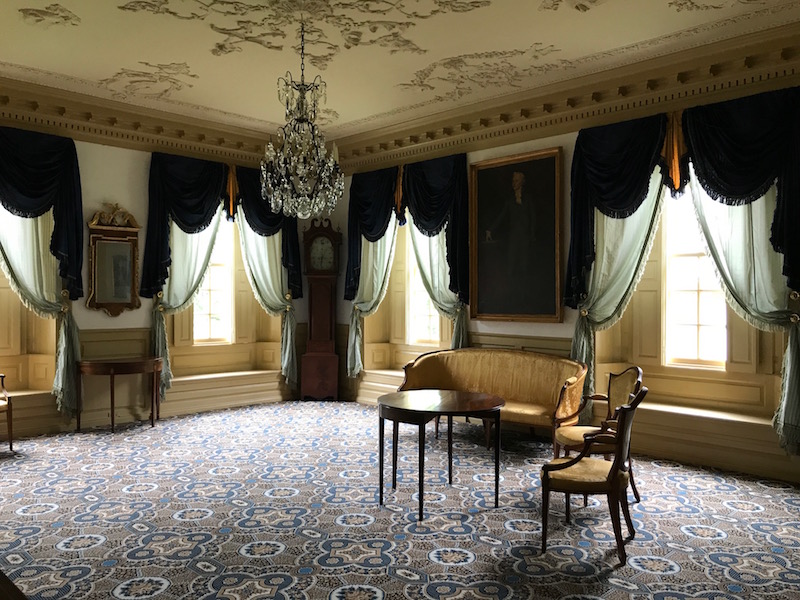
Ruins of Rome wallpaper. This was originally a hand-painted wallpaper based on the Piranesi paintings of The Ruins of Rome “discovered” by English archaeologists in the first half of the 18th century. Over the years (since 1917) committees hoped to hire an artist to repaint the many scenes that would have been in Schuyler Mansion. It just wasn’t feasible. Digital photography is now so refined with very high resolution that it was now possible to digitally reproduce the two papers that still survive in the U.S.
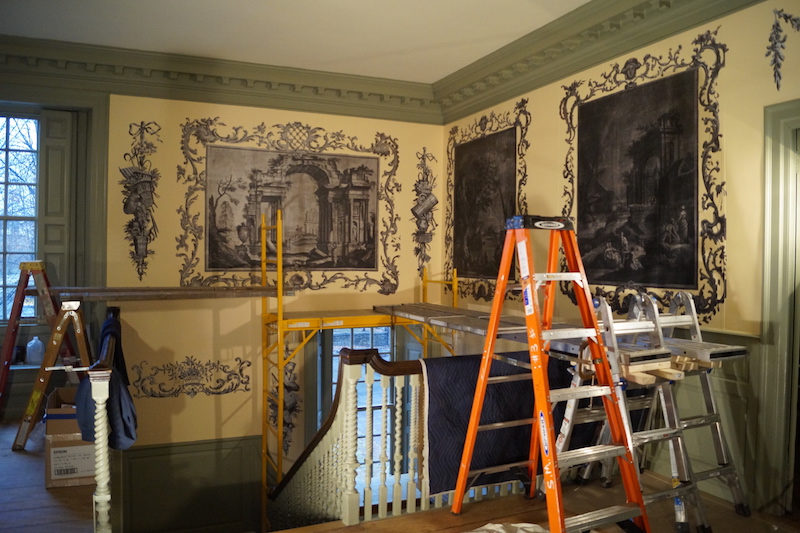
Our Bureau of Historic Sites photographer took up to 80 pictures per image to get a one for one, dead on image…for a convincing facsimile. He then, as a retired volunteer, stitched the multitude of images back together through a computer program and delivered the pictures to our historic preservation coordinator to ensure all the images would fit properly in Schuyler Mansion. This whole process took around three years. We had approached a printer early on in that process and were told that the project was going to cost much more than originally expected. For two weeks we wondered if the project would ever happen and Erin Moroney figured out how to do it in-house. The paper debuted at our season opening in May of 2017, in time for the centennial year celebration.
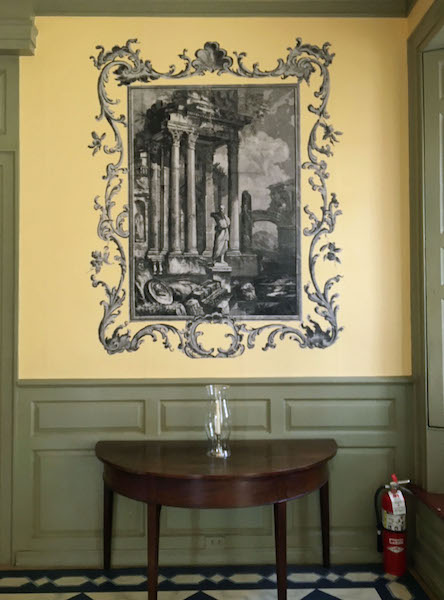
Another project that seemed impossible was recreating a papier-mache ceiling. Working with experiments done by Professor Ritchie Garrison at Winterthur, the papier-mache recipe was determined and applied.

When approached by an astronomy teacher from Ithaca College regarding 3D modeling some of our historic structures, Moroney said, “Sure…but could you and your students also 3D scan a papier-mache ceiling in Yonkers?” Friends of Schuyler Mansion paid for lodging and meals for the students and teacher and a year later, the professor handed over the digital images. With funding from the Bureau of Historic Sites administration to purchase a 3D printer, which would have applications for other sites’ projects, Moroney recreated the molds with each one taking nine to 11 hours to produce.

Cotton paper pulp was purchased and with a tiny bit of glue and a whole lot of water, paper slurry was pressed compactly into the mold with each mold taking over an hour to fill. After two or three days of drying under fans, the molded paper designs popped right out.
The decorative pieces were painted and laid out on a grid, placed in numbered boxes and transferred to the site for application. Three people worked on setting plumb lines on the ceiling, trimming the papier-mache ornaments and hot gluing the pieces to the ceiling. In all, this portion of the project it took about three weeks and the result is stunning. It had to be completed prior to carpet and drape installation. The piece debuted this season.
Handwoven silk drapes and under curtains for the best parlor were also designed and made for the 2019 open season. Rabbit Goody of Thistle Hill Weavers consulted, designed and oversaw the dying of the silk fibers, weaving of the fabric and the sewing and installation of the drapes. The under curtains were a separate project and are also now hanging in the room that Elizabeth Schuyler and Alexander Hamilton were married in, back in December 1780.
Heidi Hill is the historic site manager at Crailo and Schuyler Mansion.

